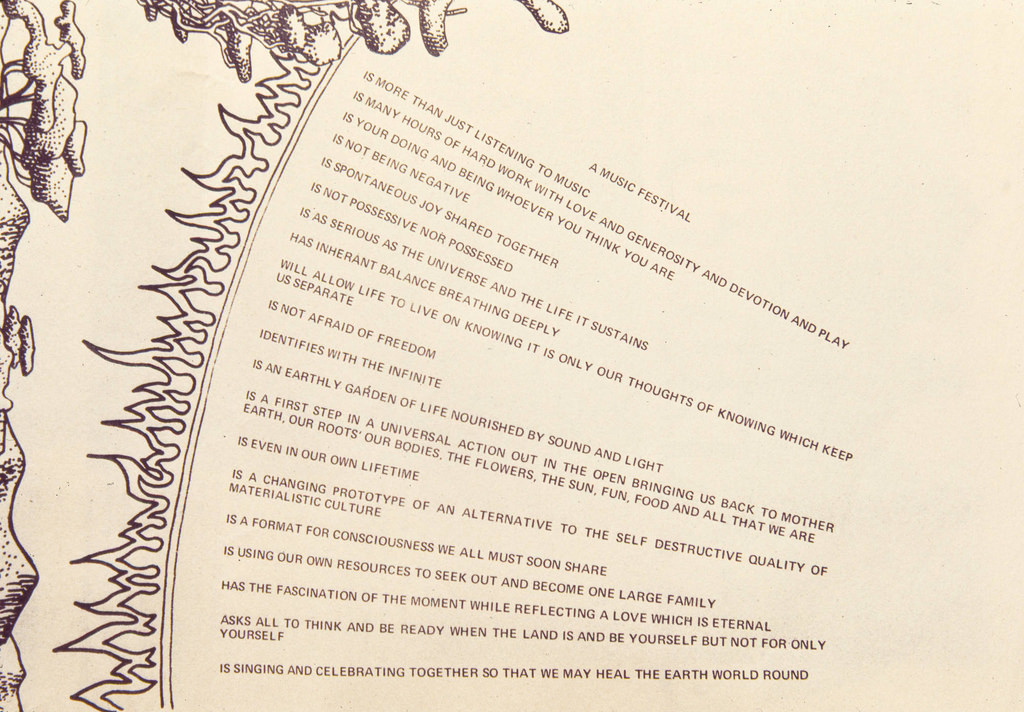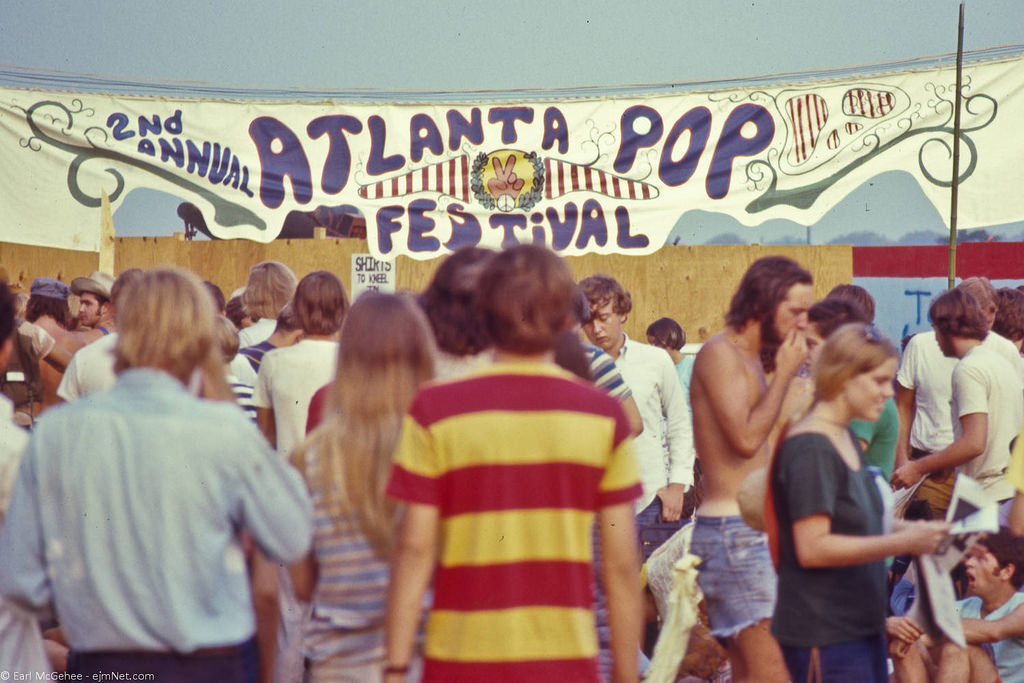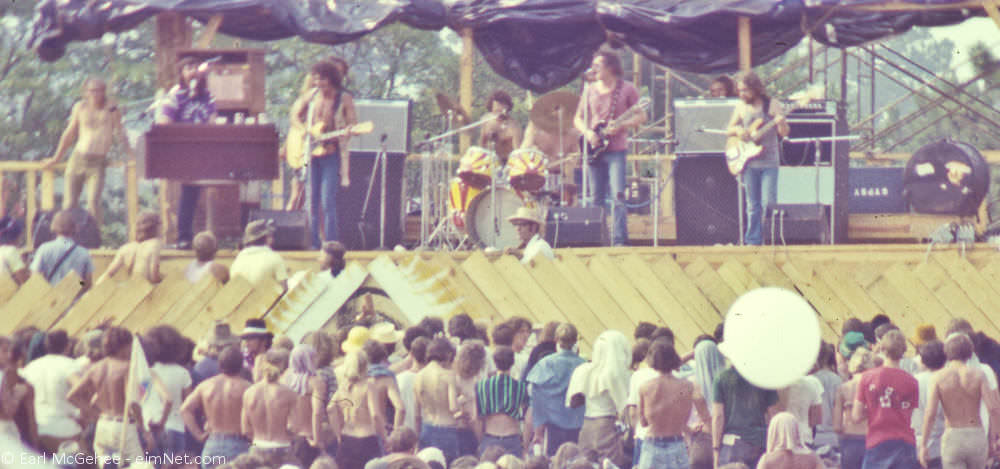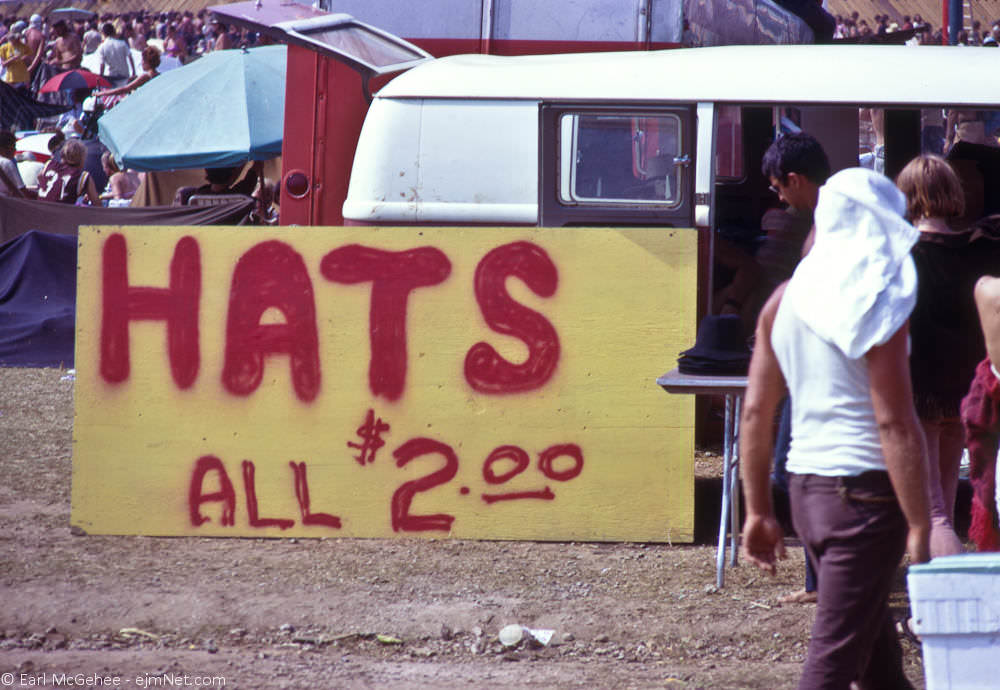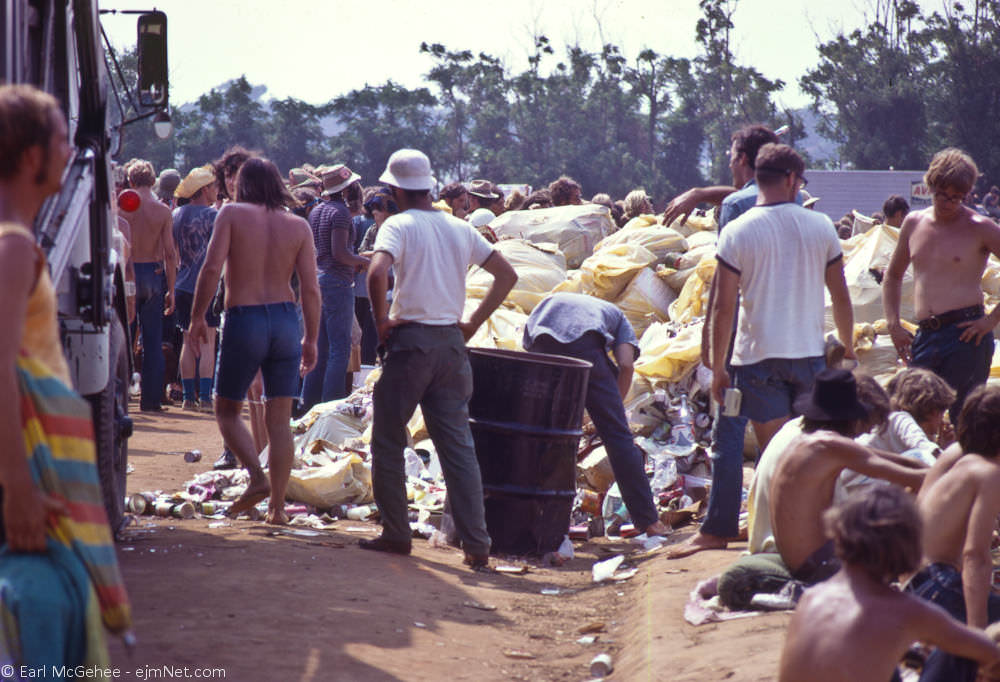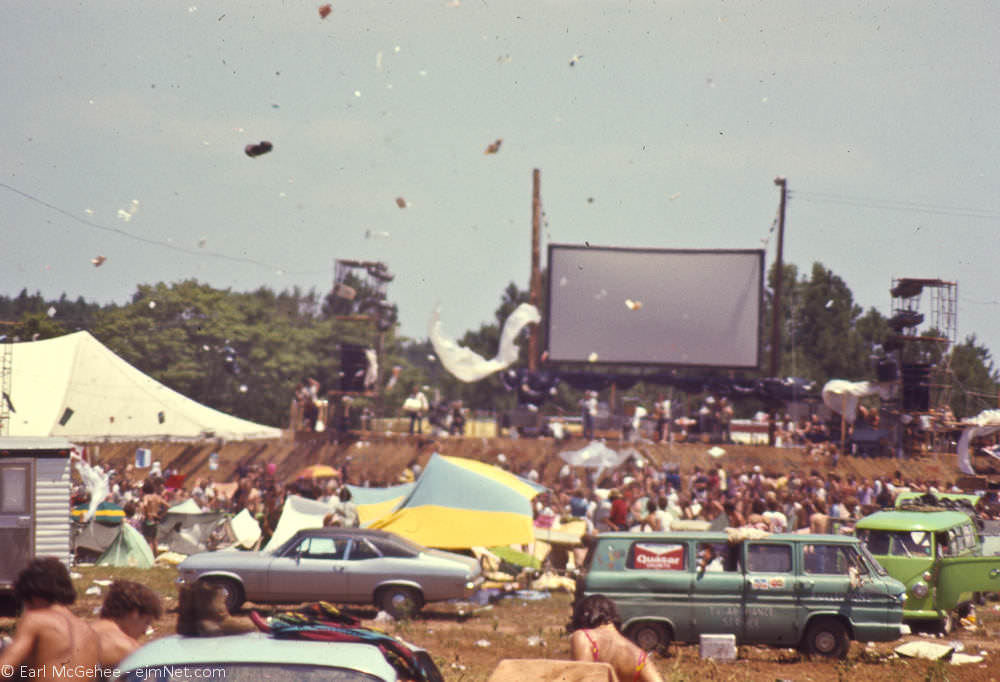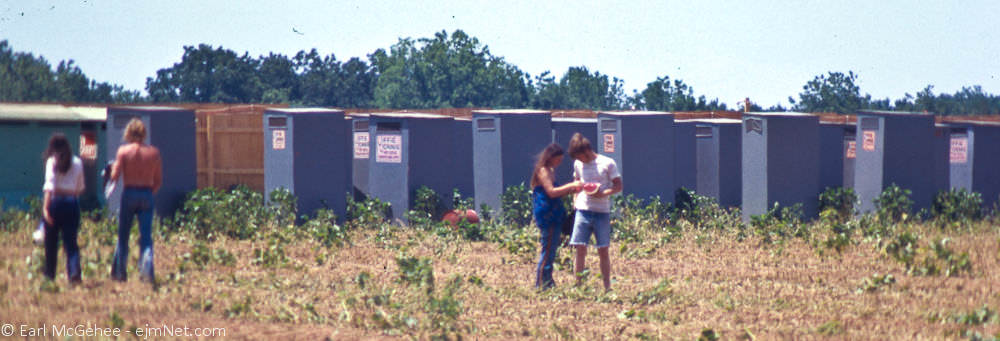The second Atlanta International Pop Festival was a monumental event in the summer of 1970. Held in a soybean field next to the Middle Georgia Raceway in Byron, Georgia, the festival was scheduled to run from July 3 to July 5. However, the music didn’t stop until the early hours of July 6. Promoted by Alex Cooley, who also organized the first Atlanta International Pop Festival in 1969 and the Texas International Pop Festival, this gathering was one of the largest of its time.
A Festival Like Woodstock
Much like the famous Woodstock festival from the previous summer, the Atlanta International Pop Festival was billed as “three days of peace, love, and music.” The event drew huge crowds, with tickets priced at just $14. However, like Woodstock, not everything went according to plan. As people outside the festival site began tearing down the plywood fence, the promoter, Alex Cooley, made the decision to open the gates to everyone. This turned the festival into an “open event,” allowing hundreds of thousands of people to attend for free.
Estimates of the crowd size vary, but it’s believed that between 350,000 and 500,000 people were in attendance. Some reports even suggest the number could have been as high as 600,000. This massive turnout made the festival one of the largest gatherings of people for a music event at that time.
Read more
A Star-Studded Lineup
The Atlanta International Pop Festival featured some of the biggest names in music at the time. The Allman Brothers Band, a Southern rock group that was gaining popularity, delivered an unforgettable performance. However, not all the scheduled acts made it to the stage. Jethro Tull canceled their appearance, citing laryngitis, and Captain Beefheart also had to pull out.
Despite these cancellations, the festival boasted an impressive array of performers. Terry Reid, B.B. King, Procol Harum, and Ravi Shankar offered diverse sets that spanned blues, rock, and Indian classical music. Jimi Hendrix, one of the most anticipated acts, played to the largest American audience of his career. His performance of the “Star Spangled Banner” during the fireworks display on the Fourth of July became one of the most talked-about moments of the festival.
Other notable acts included Ten Years After, who wowed the crowd with their bluesy rock, and Johnny Winter, known for his incredible guitar skills. John Sebastian, formerly of The Lovin’ Spoonful, played a laid-back set, while Mountain, led by guitarist Leslie West, delivered a powerful performance. Spirit, a band known for their unique fusion of rock and jazz, also took the stage.
Local Atlanta bands didn’t miss out on the action either. Radar and the Hampton Grease Band were given the opportunity to perform in front of the massive crowd, showcasing their talents on a grand stage.
The Festival Experience
The festival site was a soybean field adjacent to the Middle Georgia Raceway, a location chosen for its spaciousness and accessibility. Attendees camped out in the fields surrounding the stage, creating a sense of community and camaraderie. The open gates meant that people from all walks of life could come together to enjoy the music and the atmosphere of peace and love that defined the era.
Food vendors, craft stalls, and information booths lined the festival grounds, offering everything from vegetarian meals to handmade jewelry. The festival was not just about the music; it was a cultural experience that brought people together. Many attendees described it as a life-changing event, filled with memorable performances and a sense of unity that was rare in such large gatherings.
Jimi Hendrix’s performance stood out not only because of his fame but also because of the significance of his set. Playing to an audience that may have been the largest of his career, Hendrix delivered a rendition of the “Star Spangled Banner” that was both haunting and electrifying. His version of the national anthem, filled with feedback and distortion, became a symbol of the counterculture movement and its complex relationship with American patriotism.
Organizing an event of this magnitude came with its share of challenges. The decision to open the gates and make the festival free was a bold move that led to a loss of potential revenue. However, it also ensured that the festival would be remembered as a gathering that prioritized the music and the people over profit.






